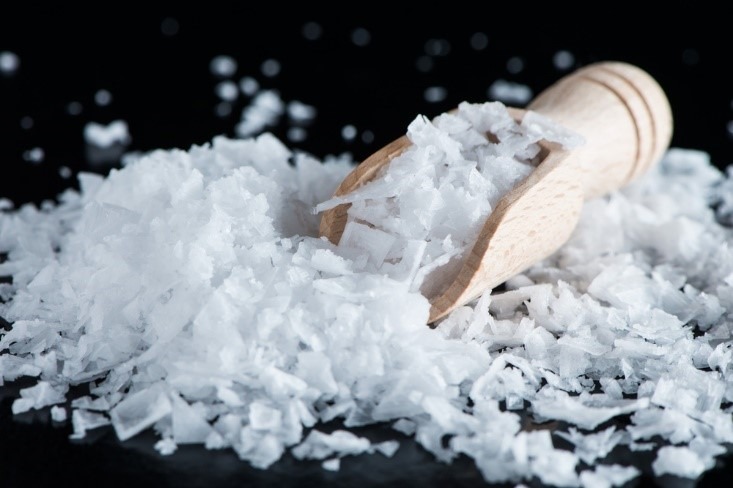Feedstock
Towards renewable feedstock
We need to move away from fossil feedstock. The sooner the better. We see new sustainable applications for biomass, but also for carbon dioxide and hydrogen.
Green gas
Natural gas is used for a wide variety of purposes. Heating, producing base chemicals like ethylene or propylene, cracking into hydrogen and carbon dioxide, etc. Natural gas is readily available in the Chemport region. Still, much effort will be taken to move away from natural gas and use renewable resources instead.
Read more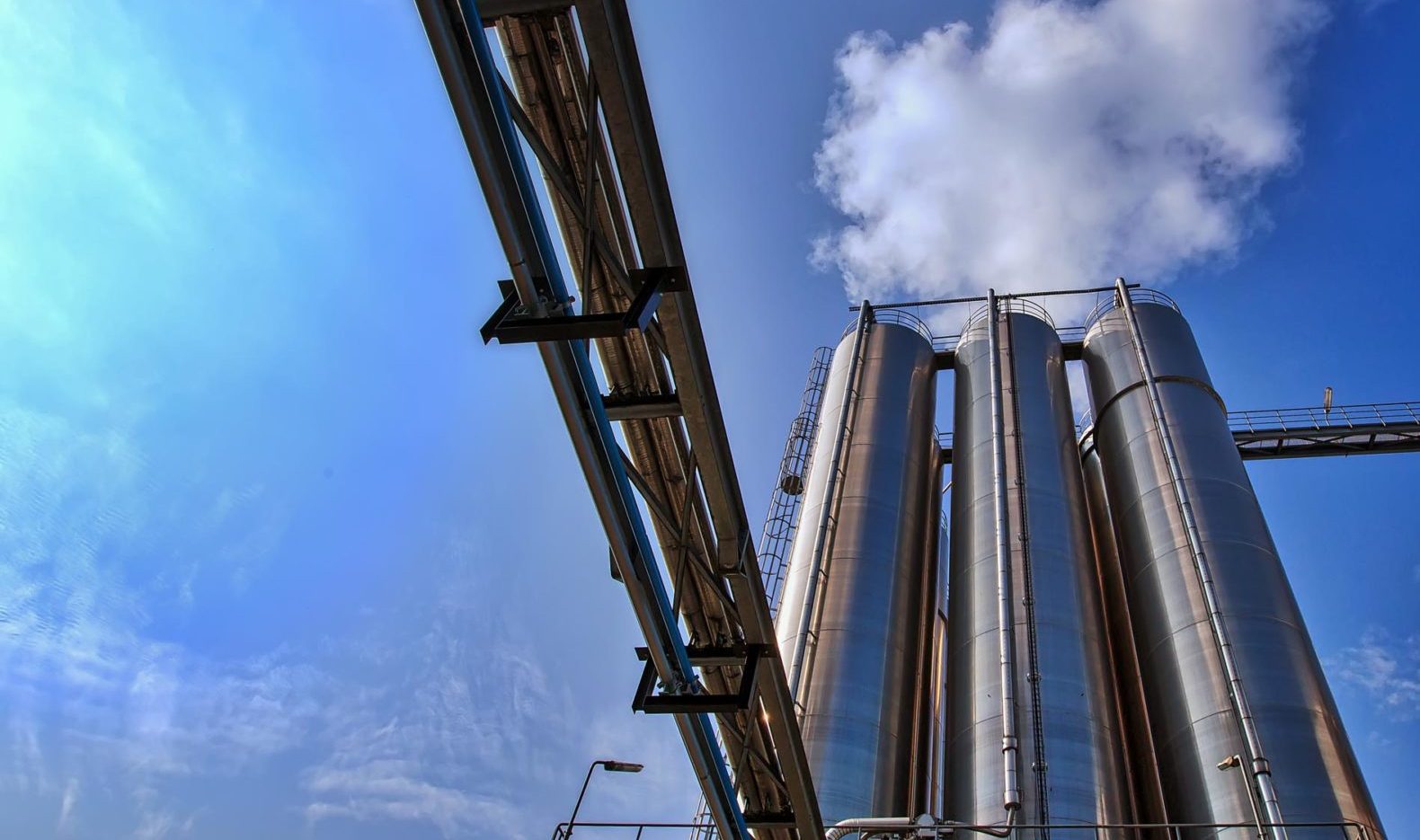
Green electricity
The rather flat coastal regions are ideal for wind turbines. Even better are the wind parks on the North Sea (north of the Wadden islands). Many plants and private houses produce energy through solar panels.
Read more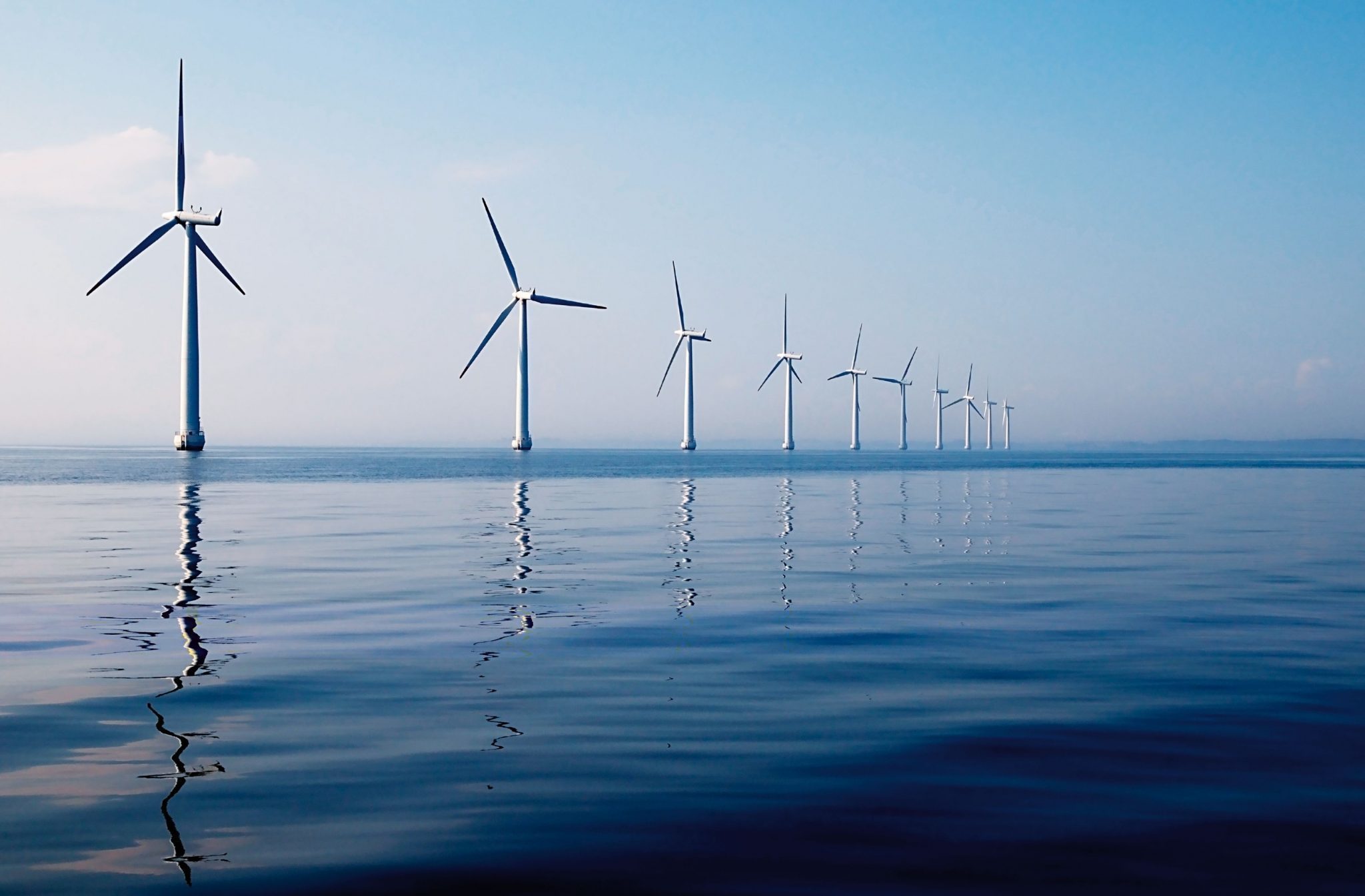
Biomass and agricultural residues
Biomass is a readily availabe source of renewable carbon. Therefore, it is a suitable platform for chemicals. For example saccharides, extraced from sugar beets. But through biorefinery, more biomass can be turned into sugars and valuable chemical building blocks. This is a focus area in Chemport Europe.
Read more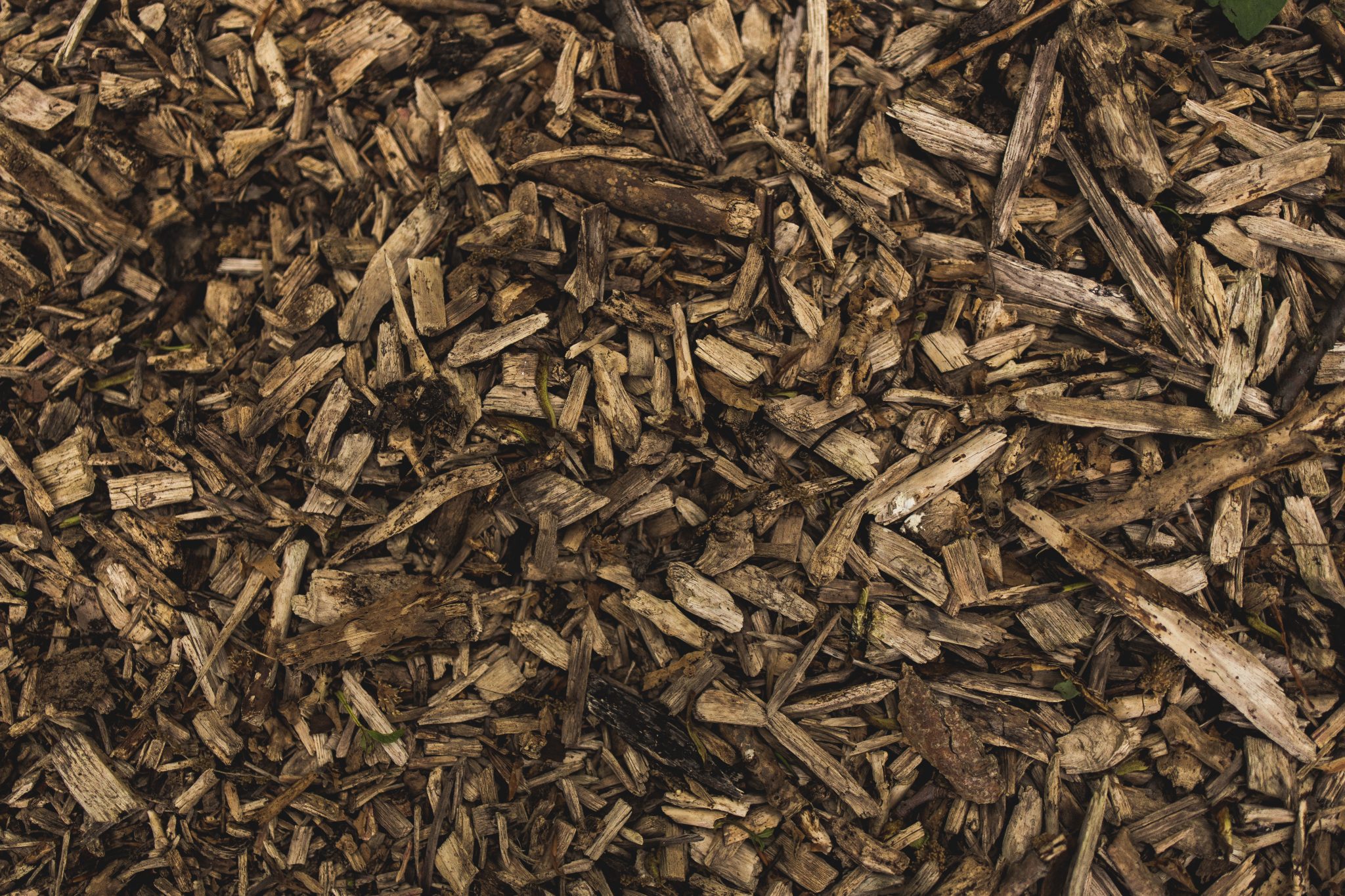
Carbon dioxide
There is a worldwide need to reduce carbon dioxide, one of the major greenhouse gases. At Chemport Europe, we actively support initiatives to convert CO2 into useful chemical compounds. So we not only reduce greenhouse gas emissions, we also use CO2 to replace fossil fuels as feedstock.
Read more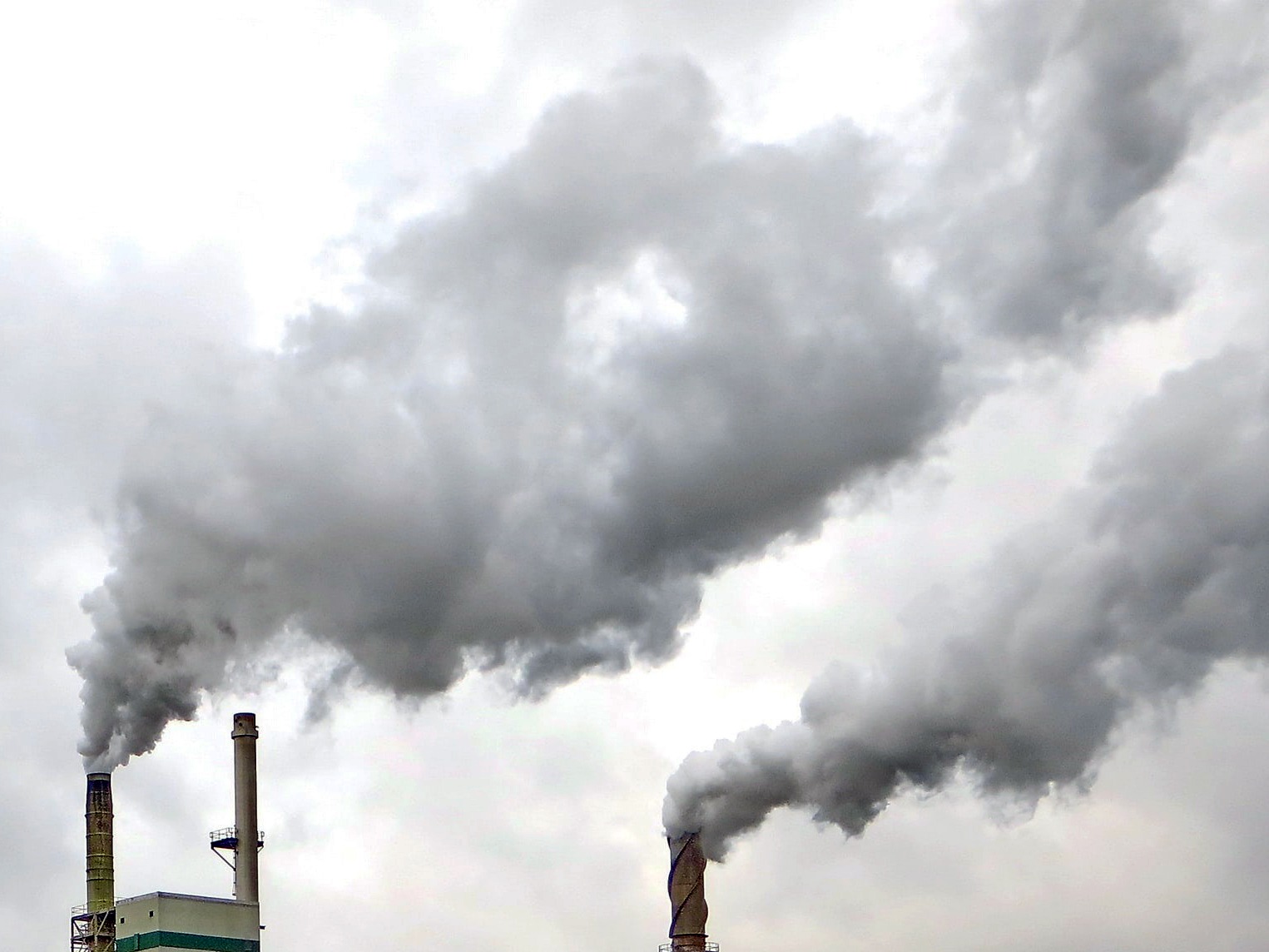
Hydrogen
Hydrogen – the most abundant element in our universe – can be used as a fuel, but is also used by the chemical industry.
Read more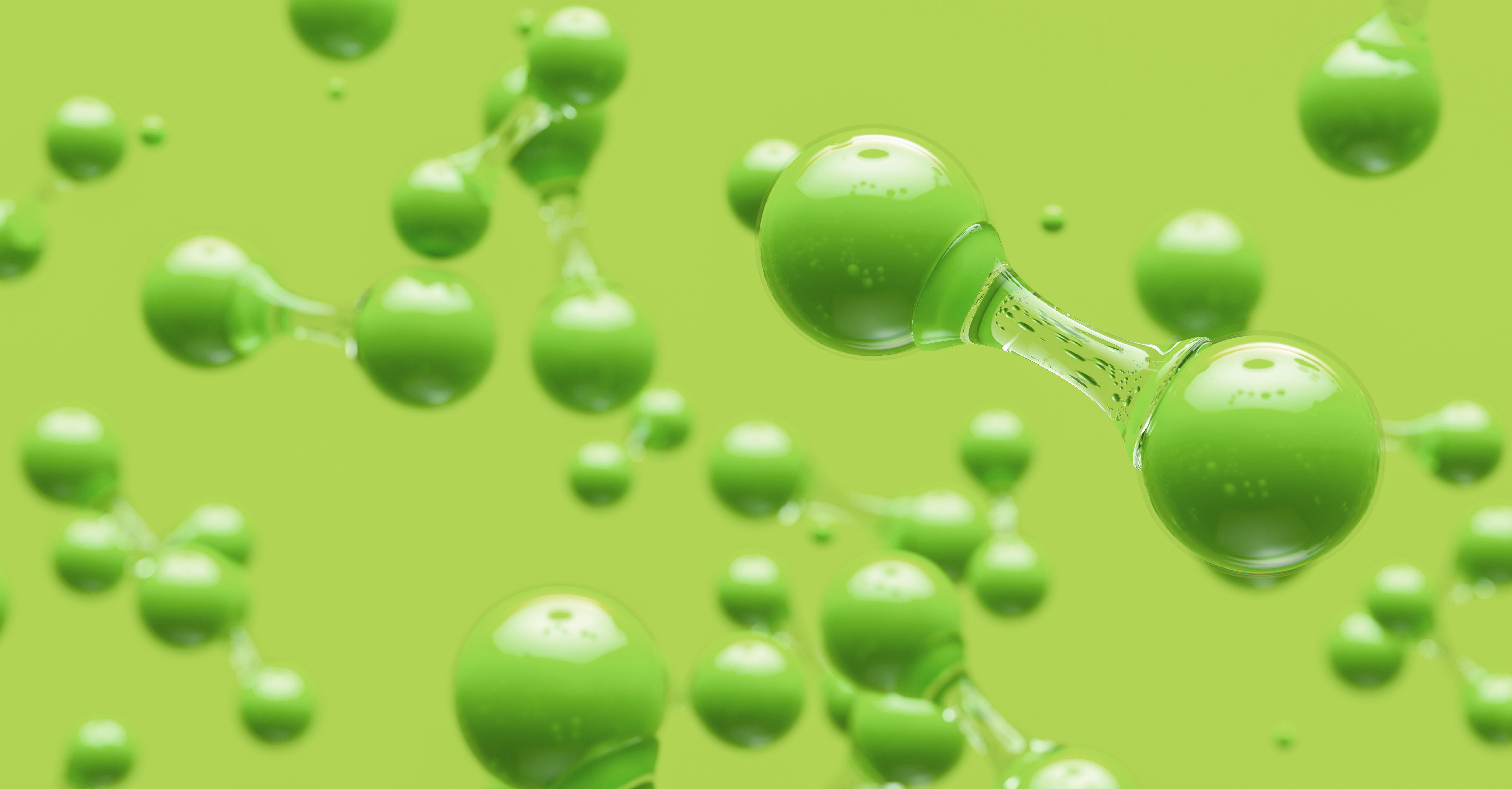
Sodium Chloride
In Delfzijl, sodium chloride is mostly used to produce chlorine, which is used to create different carbon-chloride compounds, which are intermediates in organic chemistry. The chlorine is transported to businesses in the Netherlands and exported. The conversion of sodium chloride into chlorine is energy intensive, but the production company (Nobian) is using green electricity for its plant.
Read more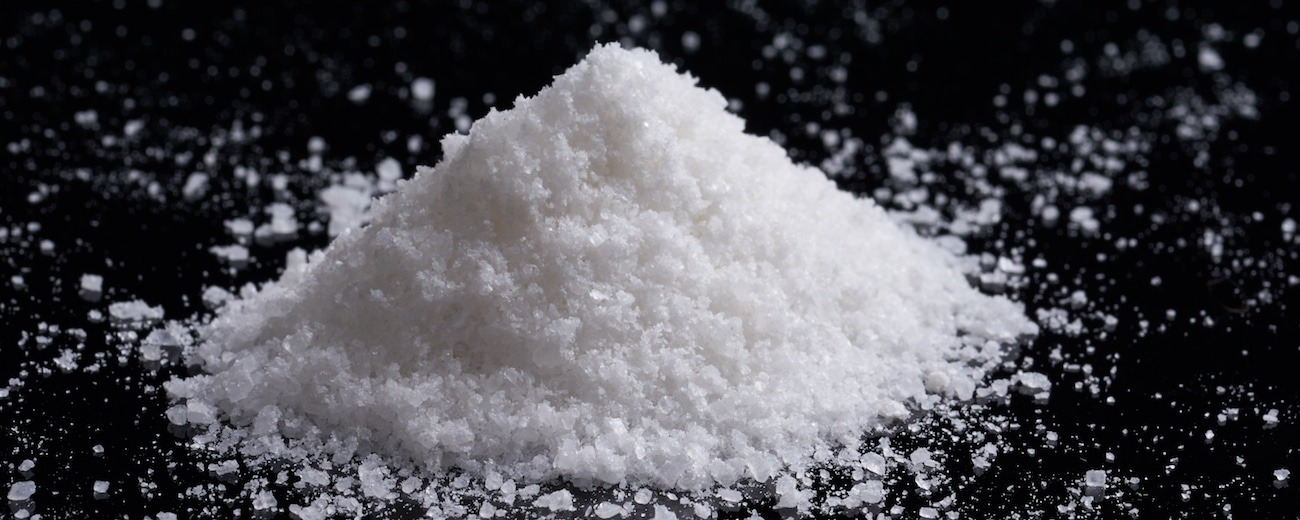
Magnesium Chloride
Next to a seam with sodium chloride in Veendam, there is a seam with possibly the purest magnesium chloride on the planet. This is dissolved and pumped above ground by NedMag, which transports the brine by pipeline to Delfzijl.
Read more